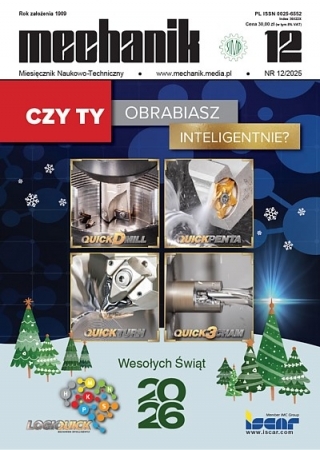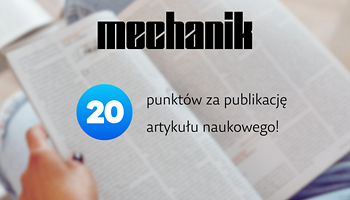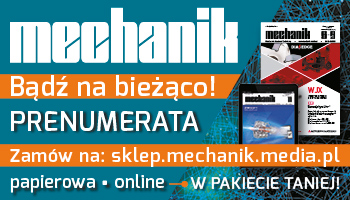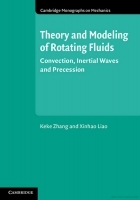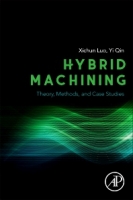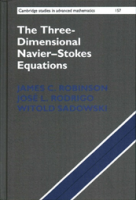Deformacja powierzchni blachy górnej połączeń typu clinching *
Shape deformation of the clinching joints upper sheet
Author: Waldemar Witkowski, Krzysztof Kurc
Mechanik nr 03/2018 - Różne
STRESZCZENIE: Przedstawiono wyniki pomiarów kształtu zarysu blachy górnej przetłoczenia połączeń typu clinching. Do uformowania złączy zastosowano stempel o stałej średnicy oraz matryce: jednolitą, dwusegmentową, trzysegmentową i czterosegmentową.
SŁOWA KLUCZOWE: clinching, skaner optyczny ATOS IIe, pomiar 3D kształtu przetłoczenia
ABSTRACT: The paper presents the results of the experimental studies of the clinching joints upper sheets shape deformation. In the joint forming process a one punch and different die were used. The numbers of movable segments were: two, three andfour.
KEYWORDS: clinching, ATOS IIe optical scanner, 3D measurement of clinching joint shape
BIBLIOGRAFIA / BIBLIOGRAPHY:
- Barnes T.A., Pashby I.R. “Joining techniques for aluminium spaceframes used in automobiles: Part II – adhesive bonding and mechanical fasteners”. Journal of Materials Processing Technology. 99, 1–3 (2000): s. 72–79.
- Dilthey U., Stein L. “Challenges of joining at automotive industry because of new materials”. Science and Technology of Welding and Joining. 11, 2 (2006): s. 135–142.
- Dost I., Khan S.A., Aziz M. “Mechanical evaluation of joining methodologies in multi material car body”. International Journal of Advances in Engineering & Technology. 5, 1 (2012): s. 259–268.
- Groche P., Wohletz S., Brenneis M., Pabst C., Resch F. “Joining by forming – A review on joint mechanisms, applications and future trends”. Journal of Materials Processing Technology. 214 (2014): s. 1972–1994.
- Kudła K., Wojsyk K., Adamus K. „Własności złączy zgrzewanych punktowo metodą zgrzewania tarciowego z przemieszaniem FSSW i RFSSW”. Obróbka Plastyczna Metali. XXIV, 3 (2013): s. 193–203.
- Kluz R., Kubit A., Wydrzyński D. „Zgrzewanie punktowe blach ze stopu aluminium 7075-T6”. Technologia i Automatyzacja Montażu. 2 (2017): s. 56–60.
- Behrens B.-A., Bouguecha A., Eckold C.-P., Peshekhodov I. “A new clinching process especially for thin metal sheets and foils”. Key Engineering Materials. 504–506 (2012): s. 783–788.
- Busse S., Merklein M., Roll K., Ruther M., Zürn M. “Development of a mechanical joining process for automotive body-in-white production”. International Journal of Material Forming. 3, 1 (2010): s. 1059–1062.
- Kascak L., Mucha J., Slota J., Spisak E. “Application of modern joining methods in car production”. Rzeszów: Oficyna Wydawnicza Politechniki Rzeszowskiej, 2013.
- Mucha J. „Współczesne techniki łączenia cienkich blach – zaciskanie przez wytłaczanie (clinching)”. Mechanik. 11 (2007): s. 932–939.
- Mucha J., Witkowski W. „Możliwości łączenia przetłaczaniem blachy stalowej o grubości poniżej 1 mm”. Technologia i Automatyzacja Montażu. 75, 1 (2012): s. 46–49.
- Jomaa M., Billardon R. “Numerical analysis of the resistance to shear test of clinched assemblies of thin metal sheets”. Materials Processing and Design; Modeling, Simulation and Applications. 908 (2007): s. 1123–1128.
- Lambiase F. “Influence of process parameters in mechanical clinching with extensible dies”. International Journal of Advanced Manufacturing Technology. 77 (2015): s. 1295–1304.
- Mucha J., Witkowski W. “The clinching joints strength analysis in the aspects of changes in the forming technology and load conditions”. Thin-Walled Structures. 82 (2014): s. 55–66.
- Neugebauer R., Todtermuschke M., Mauermann R., Riedel F. “Overview on the state of development and the application potential of dieless mechanical joining processes”. Archives of Civil and Mechanical Engineering. VIII, 4 (2008): s. 51–60.
- Cai W., Wang P.C., Yang W. “Assembly dimensional prediction for self-piercing riveted aluminum panels”. International Journal of Machine Tools & Manufacture. 45 (2005): s. 695–704.
- Eckert A., Israel M., Neugebauer R., Rössinger M., Wahl M., Schulz F. “Local-global approach using experimental and/or simulated data to predict distortion caused by mechanical joining technologies”. Production Engineering Research and Development. 7, 2 (2013): s. 339–349.
- Coppieters S., Cooreman S., Lava P. Sol H., Van Houtte P., Debruyne D. “Reproducing the experimental pull-out and shear strength of clinching sheet metal connections using FEA”. International Journal of Material Forming. 4 (2011): s. 429–440.
- Bellini P., Bruno I., Nesi P. “A distributed system for computer vision quality control of clinched boards”. Real-Time Imaging. 10, 3 (2004): s. 161–176.
- PN-EN 10346:2015-09 Wyroby płaskie stalowe powlekane ogniowo w sposób ciągły do obróbki plastycznej na zimno – Warunki techniczne dostawy.
DOI: https://doi.org/10.17814/mechanik.2018.3.42
* Artykuł recenzowany



